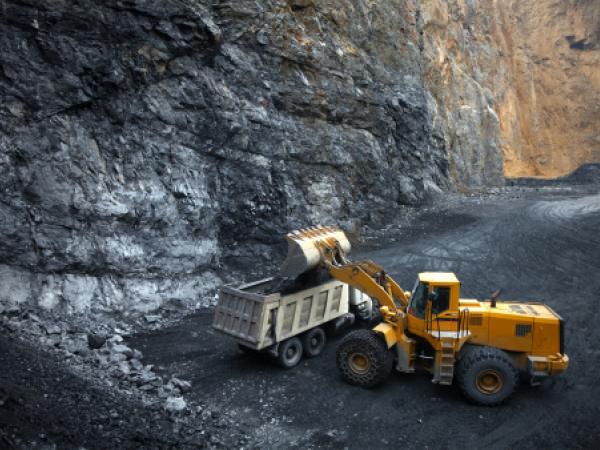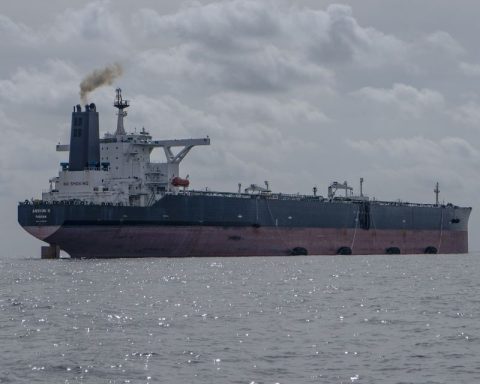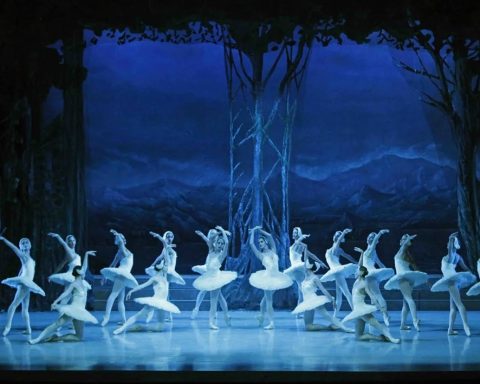The new government intends to bury the mining code (law 685 of 2001), it is a challenge that deserves high responsibility, given that the 1991 constitution called us to think of a modern, egalitarian, solid, decentralized state with autonomy and powers of the territorial entities and institutions, giving a high value to political unity, to keep the regions cohesive with the Nation-State as a whole, for a more effective State, which in this case needed a novel norm, and later Law 685 of 2001 was born, as a solution, under the claim of legal security based on the fact that the State owns the Colombian subsoil and non-renewable natural resources (Article 332 CP).
Why at that time was it thought that mining legislation had to be modern? It was conceived that the participation of private investment should be encouraged, as it was, leaving behind the expectations of small and subsistence miners.
The changes that are thought of as the transition from mining to energy, is an essentially economic matter, which has a strong impact, and because? Historically it has been held as a flag of development, but it has not identified a vision in technologies and sciences to have produced economic and social benefits. That postulate was not included in Law 685 of 2001.
(Energy marketers, in cash mess due to subsidies).
The non-sustainability of the mining land due to the lack of technology for small-scale mining, such as the absence of sustainable regulations, did not produce the results, the effective strategies and the political will to remove this mining sector from subsistence, but rather led them. to despair and to the precipice.
To situate ourselves in front of the historical moment when Law 685 was born, brought a herd of nefarious procedures and principles: “Superficiary Canon” (the justification of the payment is not understood, there are no impacts achieved). “First in time and in law” (social rights have not been guaranteed to small miners, nor “regardless of whether it is the most suitable person in technical, financial, moral, social and environmental terms”).
“Right of priority” (it did not guarantee the social and legal rights of the natives in their territories, it became a disastrous procedure to acquire the mining title, or to formalize it, without any economic or technological support), all these figures without certain favorable impacts. As a complement, the current mining code was left with a large number of undeveloped, unapplied articles.
(Energy rates in the country fell, on average, 813 pesos).
The cataloging of mining of public utility and social interest (Art. 13 Law 685 of 2001), has not corresponded to the constitutional guarantees of rights, without having achieved public utility, not even for what is captured by the surface canon, or , due to the royalties model, which despite the fact that mining is the sector that produces them the most, small and subsistence miners have not benefited from royalties in projects reverted to technologies, and in the economic investment budget.
These sectors were sold the idea of a mine code like that Greek aroma similar to mystical sweet-smelling ambrosia, as a “mixture of purified water, honey, fruit, olive oil, cheese and barley”, it did not bring them profitability.
What type of model does the mining sector require today? What roles for economic recovery and sustainable land use? 1.- Legal certainty that guarantees a more participatory and equitable role. 2.- Resounding changes that generate greater speed in the paperwork and procedures, with less imposition of requirements, achieving legal certainty. 3.- More teeth to mining inspection in the face of violations, front men and money laundering. 4.- Multi-stakeholder approach for the participation of the State, Organized Society, Business and University.
5.- Guarantees for a socially integrated, regionally inclusive, competitive mining. 6.- A formalization with opportunities for ancestral mining, 7.- a regulatory framework of scope for mining governance, with innovative instruments to broaden the horizon towards the energy transition, or, to push the diversification of the mining basket towards energy . 8.- a renewed mining regulations that constitute the management standard for regulatory compliance, and with the Sustainable Development Goals of the United Nations Organization. – 9. Greater security regarding the scope of public utility and social function.
Very strong changes are required, which demand a different attitude and a different way of thinking and making management visible. As an example, in the National Mining Plan with a horizon of 2025 (2017) it was detected that identified needs persist, including the application of strategies that have been ineffective, which is worth thinking about as a timely solution to the causes-effects derived from guidelines that became repetitive in the various plans that produced mining models that did not meet the challenges faced by the demands for the exploitation of minerals, that is why the country cries out for a structural reform of a disruptive innovation Plan, and the birth of a new regulations before the remains of law 685 of 2001.
Ricardo Arquez Benavides
















